Adapting to survive is a core aspect of the evolution of all things and that includes businesses.
It sometimes comes as a surprise to be reminded that nobody every really ends up selling exactly what they thought they’d sell in the way they thought they’d sell it.
Did you know that Tiffany originally sold stationery? Wrigleys and Colgate sold soap? And Hasbro (the toy maker) and Berkshire Hathaway (owned by Warren Buffett) both originally sold textiles?
Here’s more examples, if you’re interested…
It’s crazy to think now that this is what they did at the start, as most of us will relate those household names to completely different things today.
The moral of this story is what matters for you guys, at your early and developing stages right now.
Regardless of how much research you do before launch, there will always be parts of your product or routes to market that you need to change, adapt or pivot completely to achieve the results you wanted.
Finding that every-illusive ‘product market fit’ is more about the journey than the destination.
If you ever feel like you have 100% fit-for-purpose then beware! You’re likely being complacent and missing new innovations on their way to disrupt you – a common issue for corporates and traditional brands, such as Blockbuster or Toy’s R Us.
Let me put it into perspective…
Yena was a free events ‘thing’ for young entrepreneurs for 3 years before even realising it could/should be a business.
Once decided I would run it full time, I launched the membership product to generate revenue. We ran it for a whole year in MVP mode.
It was terrible.

People bought it because they liked us, they liked me, and we gave tonnes of value. People weren’t really sure what that value was yet, but they knew it was well intentioned and they believed in our mission, so they signed up.
I already know though, that the product wasn’t right and our LTV (lifetime value) of a customer staying was about 3 months with a broken product (such are the joys of a subscription model) so I had to move fast to fix this.
Constantly, for a whole year we changed things.
You used to be able to get a drink as a member at events. There was a members card. At one point you even had to be a member to come to our events. I would give unlimited 1:1 sessions with all members and was even going to spend half a day working with 100 of them at one point (all for just £12 a month).
All of these benefits have changed and we now have a much better product market fit. We’re happy with where we are but never let ourselves get too happy with it because that’s where complacency is found.
So my top tips are:
- Launch it – something, anything, just get it out there and get selling it!
- Learn – what’s the feedback? Are people using it? What bits? Why? How?
- Implement – add what you learned back into your product/service/experience…
- Go again – get the new product out to new & current customers!
- Repeat…
Just today I was talking with one of our members about they’re completely changing their business model and that I was excited for their next stages.
The maturity it takes to recognise something isn’t working and then to not give up, but rather change approach is admirable and something that shows signs of future success – the capability, humility and tenacity this process shows, always bodes well.
Remember: The longer you keep on, the more your competitors will fade away and the easier it will be for you to win when they’re gone.



